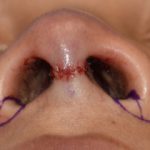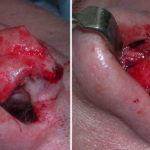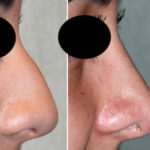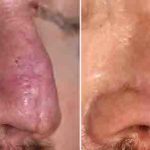Plastic Surgery Case Study – Nostril Narrowing in the Short Nose Rhinoplasty

Background: Almost every maneuver done in a rhinoplasty procedure is about changing its bony or cartilage framework support. By doing so the overlying skin adapts over the altered framework and eventually shows the new shape of the nose. The one exception to framework change in rhinoplasty is in the management of nostril width. While the Read More…







